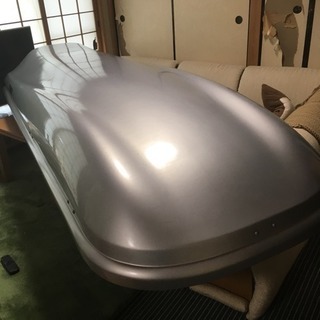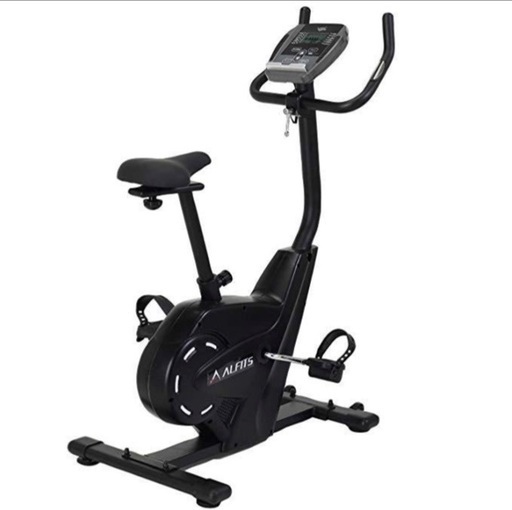商品の詳細
東京マルイのガスブローバックハンドガン FNX45タクティカルのタンカラーになります。整理のため断捨離出品致します。使用回数は3回程度で目立った傷や動作不良もなく美品です。付属品は以外になります。・マイクロプロサイトカバー・マイクロプロ20㍉レールマウント・M300デュアルリモートスイッチ・純正マガジン2本・純正グリップバックストラップ3個写真には無いものでは純正箱、安全キャップ、サイト取り付け工具、取り扱い説明書が付きます。外装カスタムは以下になります。・タクティカルサイレンサー・マイクロプロサイト(未使用)・M300(未使用レプリカ)内装はカスタムなしのノーマルになります。参考購入価格は以下になります。・東京マルイFNX45タクティカル 「17,800円」・東京マルイFNX45スペアマガジン「2,980円」・東京マルイタクティカルサイレンサー「3,800円」・東京マルイ マイクロプロサイト「6,800円」・シュアファイア M300 レプリカ「6,050円」総額38,000円程のカスタム品になっており、大変お買い得だと思いますのでこの機会に是非!質問等ございましたらお気軽にコメントください!東京マルイ G&G 電動ガン 次世代電動ガン ガスガン ハンドガン グロック ハイキャパ ソーコム サブマシンガン アサルトライフル スナイパーライフル サバゲー サバイバルゲーム CQB
商品の説明
最新のクチコミ
防風なので、少しゴワッとしますが、大きめなので、下にたくさん着ても大丈夫なのが、嬉しいです。
- ZAV*****さん
- 55歳
- アトピー
- クチコミ投稿 2件
購入品
155センチ/47キロでSを購入。ピッタリです☆
子供たちと旅先の海やプールで使用予定です。
柔らかく穿きやすい素材で、このお値段で買えて満足です。
皆さんのレビューを参考に購入させていただきました。
ネット購入はサイズが一番不安ですが、、今回はうまくいきました。
レビューに身長/体重などを書いていただけると目安がついて買い物しやすいですね。私のレビューもどなたかの購入に役立ちますように。
- TUZ*****さん
- 31歳
- アトピー
- クチコミ投稿 1件
購入品
xlサイズなのできつめなのは仕方ないが、丈が短く、パンツにインして座ると背中がでてさむかったです。洗って縮んだのかしら。。
- XBH*****さん
- 22歳
- アトピー
- クチコミ投稿 1件
購入品
身長145cmの子ども用にMサイズを購入しました。膝ぐらいで大きめですが、リュックを背負った上からでも余裕で着られるサイズでよかったです。
- JIX*****さん
- 40歳
- アトピー
- クチコミ投稿 2件
購入品
おもちゃ・ホビー・グッズ・ミリタリー・おもちゃ・ホビー・グッズ・ミリタリー
-
-
1

1 フェイジョア
1
¥8,000
-
この商品を見ている人におすすめ
-
-

ダウンジャケット
¥54,800
-

数回しか使用していない洗濯機
¥15,000
-

値下げ!55.000円→35.000円
¥35,000
-

KYNE
¥16,000
-

シャドウ400
¥12,000
-






